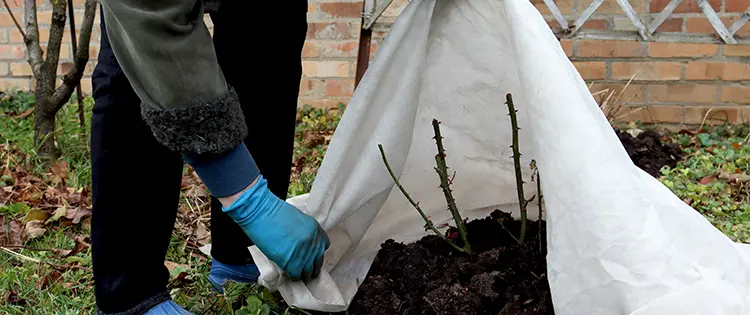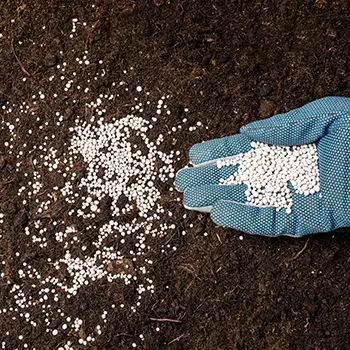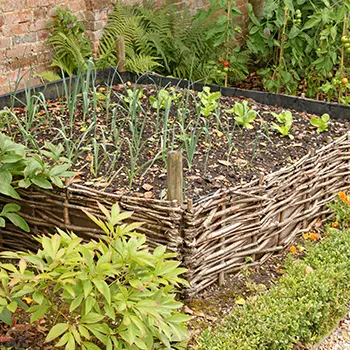Oh, the weather outside’s still frightful. But planning a garden is so delightful. And so long as every seed catalog website is having huge sales- well, it’s not like we can resist, right?
Just because the world is frozen doesn’t mean your garden dreams have to be! Let’s look at these tips and tricks for plotting your plots and getting your seeds all in a row while the frost is still heavy and the skies are still grey!
Start Organizing
Though it may be chilly outside, there’s no time like the present to head out to your shed (or other gardening prep area) and get to work making sure everything is where it should be. The shovel from last year? Hidden under a pile of leaves just waiting to bonk someone in the head with the handle. Your weed whacker? Desperately in need of an oil change and tipped upside down behind the truck box in the back.
We’re all guilty of some little undiagnosed danger or neglect. Really, get out there and get dirty. It’s not like you’re going to work up much of a sweat so it’s the perfect time to get everything in order.
Dream A Little Dream Of Green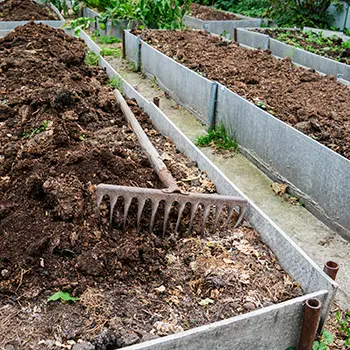
Pull up your favorite gardening software and start planning what you want to do in your plots this year!
That, or just grab a notebook and start writing.
This is the time of year when all the seed companies are offering us shiny new catalogs of all their favorite new offerings for the year to come. It’s fine to sit down and plan 30 new raised beds for Burpee’s new Triple Cupcake Yellow Explosion sunflower (or whatever new, exciting thing they’re offering). I do recommend taking your time to actually build and lay those raised beds, however, because we don’t want to see you having to ice or heat pad your poor back.
Ultimately, I recommend using garden planning software because the best of the best will even help you convert planting spacing into more effective areas. It’ll also have pre-loaded ideas for companion planting and the suchlike. For beginning gardeners, there’s nothing better. For those of us who are more experienced; well, sometimes even we forget not to put the onions and potatoes growing right next to each other. Right?
Fertilize, Fertilize, Fertilize
If your ground isn’t permafrost this time of the year, you could be amending your soil and improving it for the growing season to come. That doesn’t necessarily mean taking your entire composter out and dumping the contents on your spring garden, but I wouldn’t say no to that.
However, we can go beyond compost and other organic forms of coverage. Pouring composted teas and other meltable on the ground isn’t going to create a slab of ice that you can slip on and it’s an amazing way to rejuvenate your potted plants. This is especially nice for those pots that will hold vegetables or fruits this year (so long as they aren’t perennials; try to keep those as safe as you can unless they’re kept away from freezing temperatures).
If you are frozen solid, well, teas can still add some help. It simply won’t be as easily accessible to the ground since it’s already filled with frozen moisture.
For those of you still facing snow and ice, I recommend laying down light brown compostables. Chopped leaves, and used poultry litter; such things take time to break down and add warmth to your ground. As everything melts and rain starts pouring down, your new fertilizer will seep into the ground. It’ll also become a lot easier to break down with your tiller when the time comes if it’s had more exposure to the natural elements.
That said, if you don’t have access to any natural fertilizers, there’s nothing wrong with plant stakes or feeders on dry ground. Just don’t use anything non-natural and liquid (I’m looking at Miracle Gro-style prepping chemicals, which have fantastic uses but just aren’t what we’re looking for here) on the icy ground quite yet.
Check Your Stuff (Before You Wreck Your Stuff)
Remember how I mentioned oil changes above?
Yeah. Grab a mug of hot cocoa or coffee, cuddle up in some cozy clothes, and head into the shed again. It’s time to put your mechanical skills to work.
Go through all of your mechanical belongings and start testing them. Doubtlessly, you’ll find something that needs to be fixed, trimmed, replaced, or simply updated. When was the last time you changed the oil in your weed whacker? Or your ride-on lawn mower?
That long, huh?
Even if you aren’t using these items, it’s not a bad idea to take them out into the cooler weather and change their fluids, work them over, and crank them up for 20 or so minutes before returning them to their typical storage area. Machines that aren’t used regularly do tend to lock up or give us problems at the worst possible time.
Southerners Can Start
For those in the south (on either coast or in the middle) there’s a good chance that it’s safe to start your seeds now; so long as you have the room and light for them. Those who want to start long-germinating seeds can certainly go ahead and do so. If you’re waiting 2-3 weeks for plants to say hello, you’ll likely be putting them in the soil only a week or two later in some areas. Florida, I’m looking at you. Maybe even some of the coastal states too, these days.
If you’re a raw beginner who has come across this article, welcome to the greenest obsession you’ll ever have. Start your seeds on a warmed mat appropriate for starting seeds (you can find these absolutely everywhere; even Wal-Mart has them in most seed starting kits now) in peat moss pellets or easy-to-remove potting soil.
If you’re an experienced pro, try something new this year. If you’ve always been a direct sower, start a few corn seedlings or try growing brussels sprouts for the first time ever. They take a few months to fully shoot up and they make an attractive stalk while they’re slowly developing the buds that become those tasty sprouts. They also take quite some time indoors to begin growing and will help you satiate that need to grow something while the world is still grey and dull. It’ll give you that sprout of green you’re so desperately searching for.
And that’s all we have this time. Have suggestions? Thoughts? Questions? We’d love to hear them. Check-in with us down below, and remember, happy gardening!
You may also like:
11 Ingenious Uses For Eggshells In Your Garden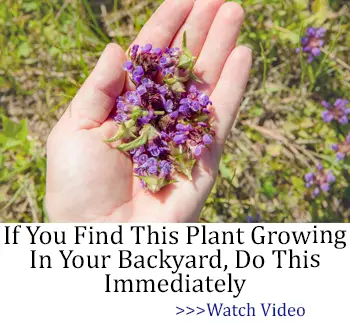
How To Store Food Without Electricity That Can Last Up To A Year (Video)
How to Prepare Your Soil For Your Spring Garden
5 Amish Gardening Techniques You Should Know
If You See These Bugs In Your Garden, Get Rid Of Them Immediately!

